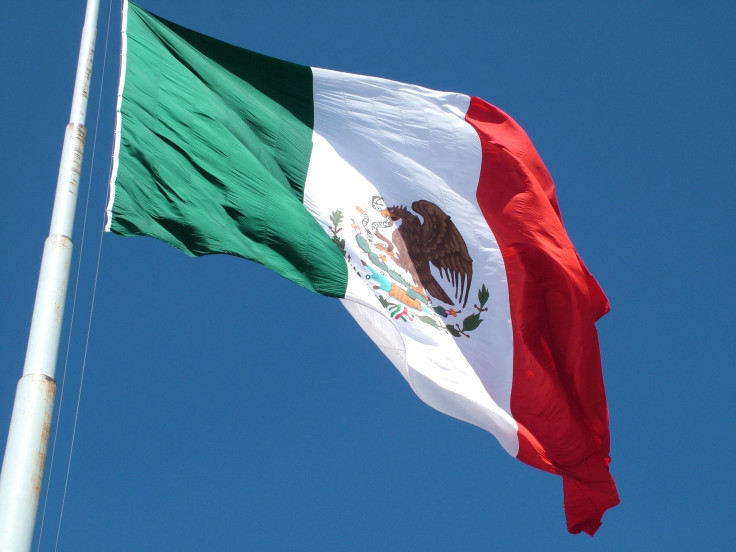Mexico's Drug Cartels Cause Drop In Life Expectancy For The First Time In A Decade, Thanks To A Higher Murder Rate

Life expectancy is one way society measures how well it's doing — obviously, living longer is associated with vitality and medical advancements, whereas a shorter life expectancy can signal something is wrong. That seems to be the case in Mexico, where a staggering murder rate has resulted in the first decrease in men's average life expectancy that the country has seen in a decade.
UCLA researchers have not only discovered the increase toll on mortality, but they believe it may be even worse than statistics suggest. Life expectancy in Latin America experienced a boost during the second half of the 20th century, thanks to improvements in living standards and the access to healthcare. The upward trend slowed in the early 2000s, however, and began reversing in 2005 as a result of the rocketing homicide rate in Mexico and other parts of Central America. In Mexico specifically, the rate went from 9.5 per 100,000 deaths in 2005 to 22 per 100,000 in 2010.
This caused the life expectancy among males aged 15 through 50 to fall by about 0.6 percent, while increases in life expectancy among women slowed during the same period for the same reason.
"Our results indicate that homicides can have a large impact on the average years of life of a population," said Dr. Hiram Beltran-Sanchez, a lead investigator with the study and assistant professor of community health sciences at the UCLA Fielding School of Public Health, in a statement. "Violence in Mexico has spread throughout the entire country, so our findings suggest that homicides need to be addressed from a public health perspective to improve people's lives."
As if this wasn't disheartening enough, the data may actually be an underrepresentation of the nation's homicide rate, according to Beltran, who is also a member of UCLA's California Center for Population Research.
"The impact of homicides on the average years of life in Mexico is probably worse than we report, because other studies indicate a large number of missing individuals and many deaths that were never recorded," he said.
The study tracked the rise in Mexico's homicide rate back to 2006, when then-President Felipe Calderon launched a government initiate against the country's drug cartels. Still, homicide rates increased even in states with little-to-no drug cartel activity and those known for historically low murder rates. Men in the northern part of the country (where the drug war is most aggressive) were hit the hardest, with their life expectancy falling by up to three years in some states.
Overall, by 2010, the average life span for a man had fallen by an average of 6 months in about two-thirds of Mexican states.
The life expectancy for women climbed modestly during the period, but deaths by homicide increased as much for women as it did men. In the northern states, it led to a decrease in life expectancy, even though it did not fall for the entire country.
The researchers are looking to turn their focus to other Latin American countries and their relationship with homicide.
"The homicide rate in Mexico is lower than other Latin American countries — for example Honduras, Belize, El Salvador, Colombia and Brazil," Beltran-Sanchez said. "One would expect homicides to have a greater impact in these countries. There is an urgent need to document the impact of homicides on the Latin American population."
Source: Aburto J, Beltran-Sanchez H, Garcia-Guerrero V, Canudas-Romo V. Homicides In Mexico Reversed Life Expectancy Gains For Men And Slowed Them For Women, 2000-10. Health Sciences. 2016.
Published by Medicaldaily.com



























